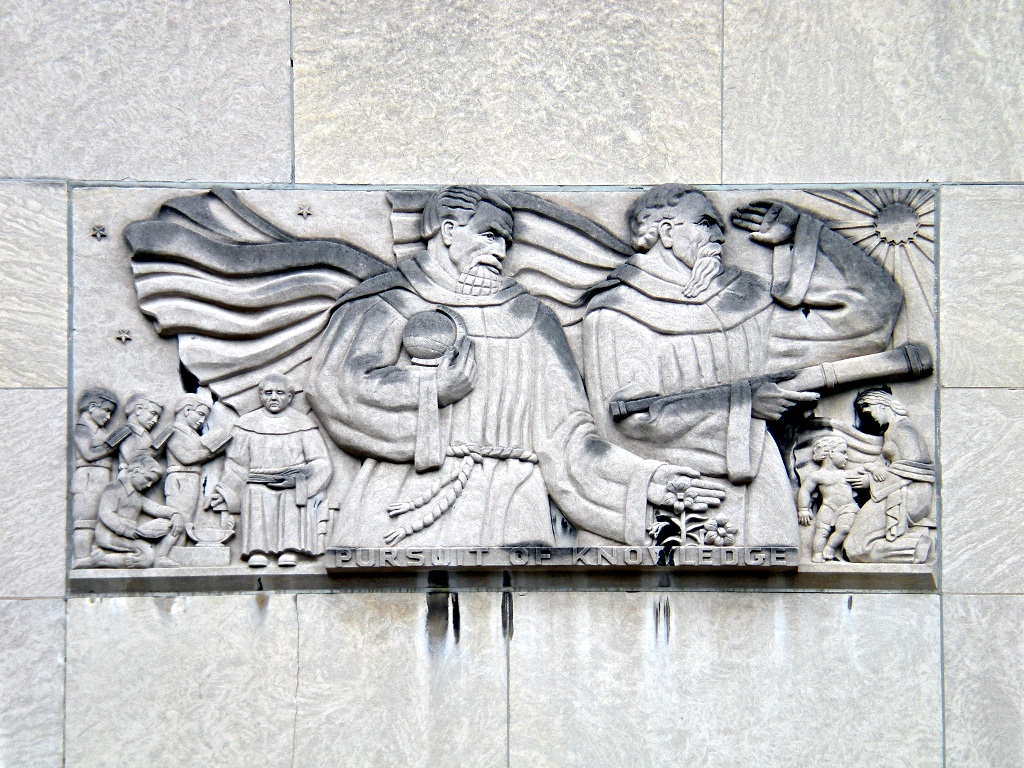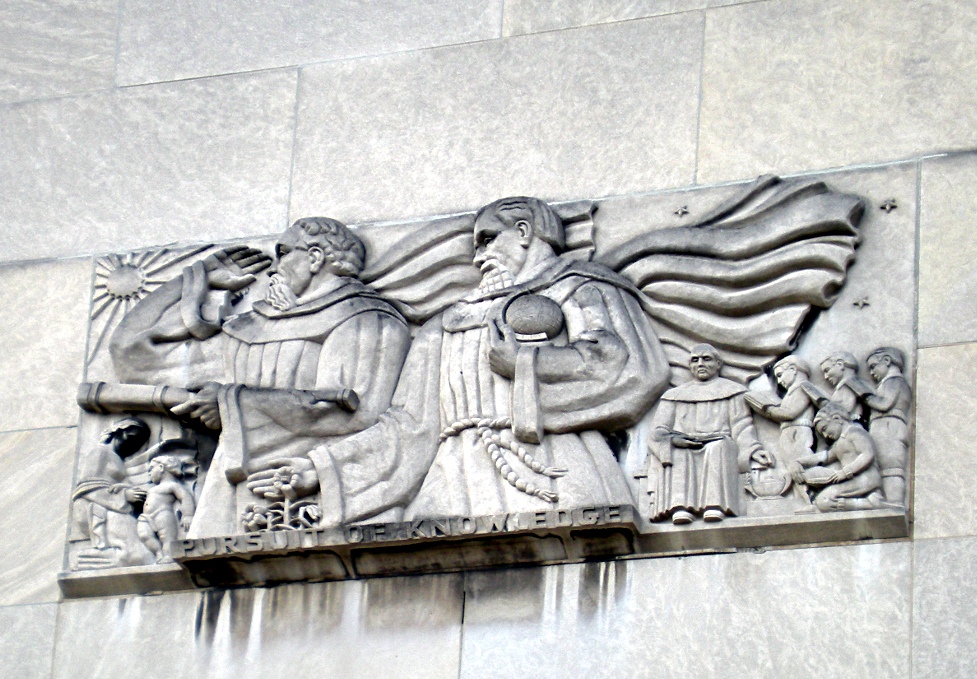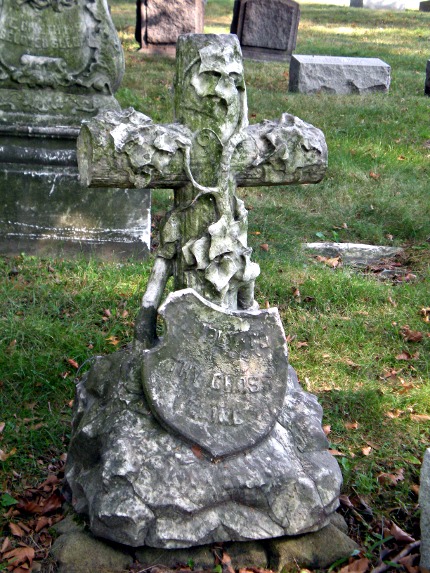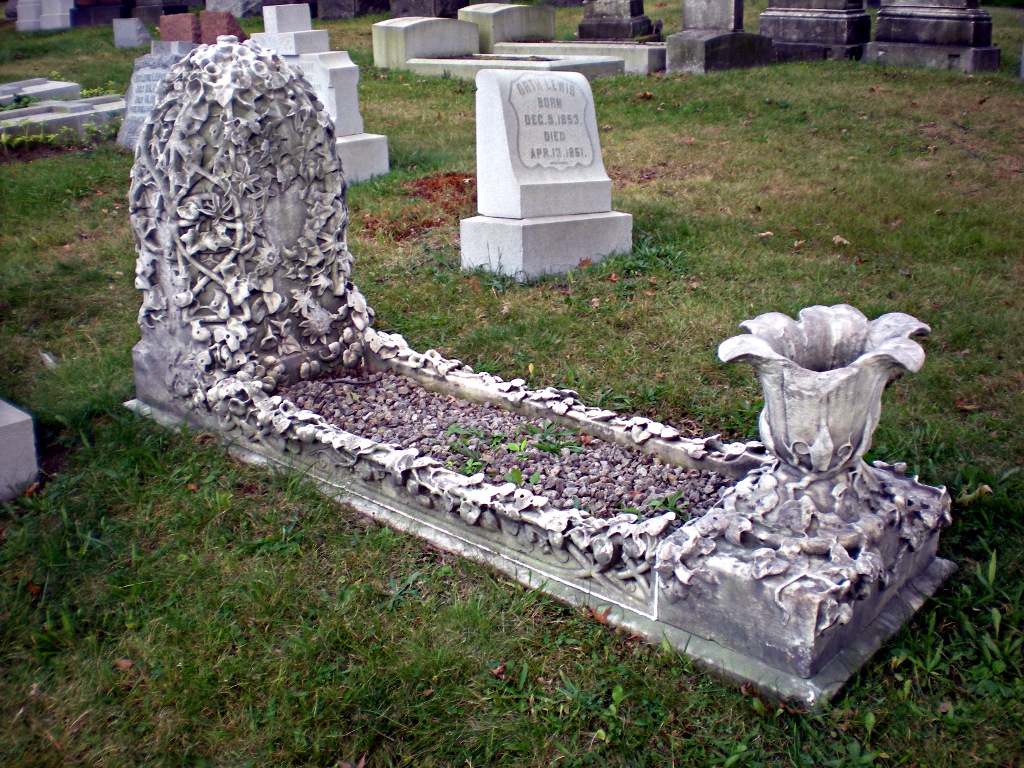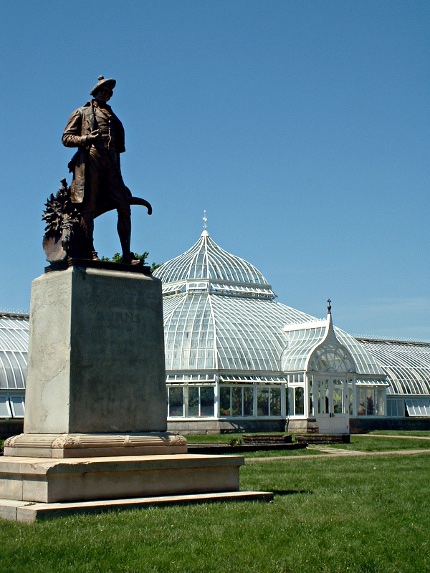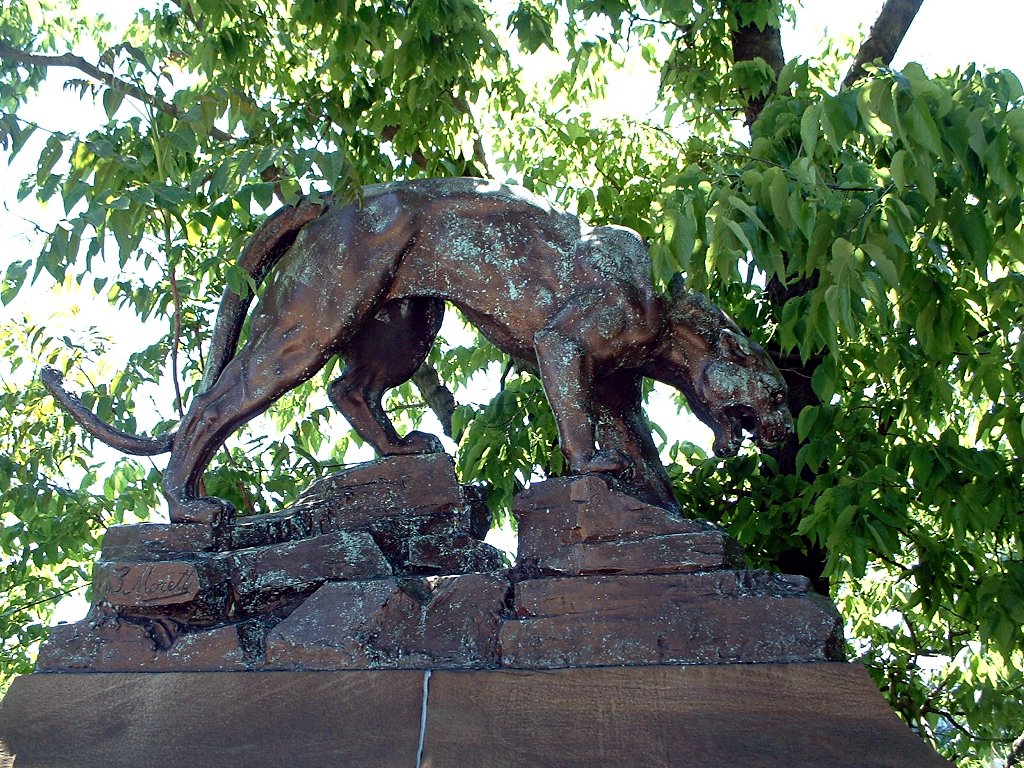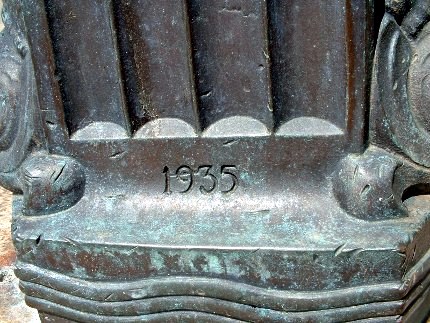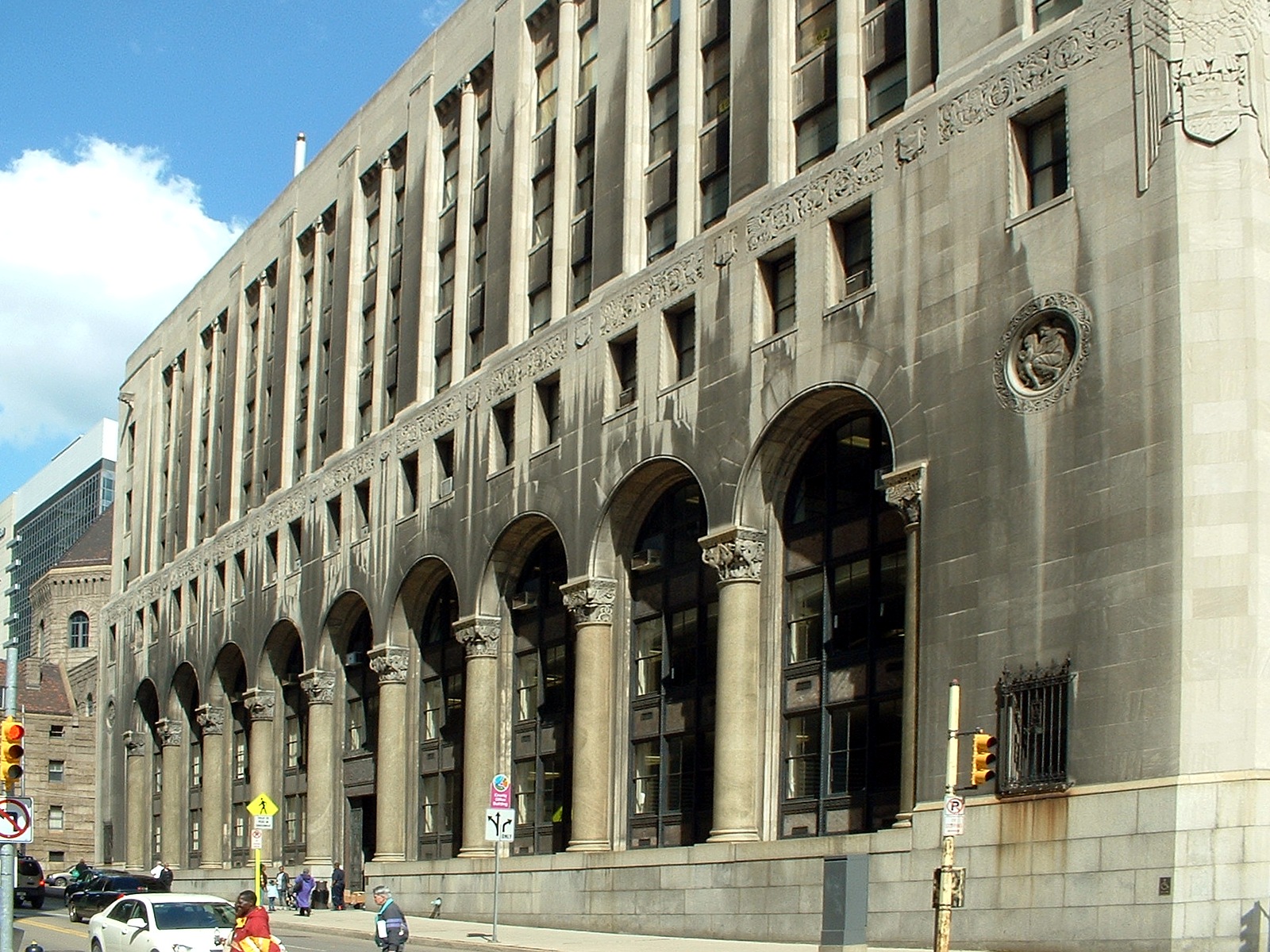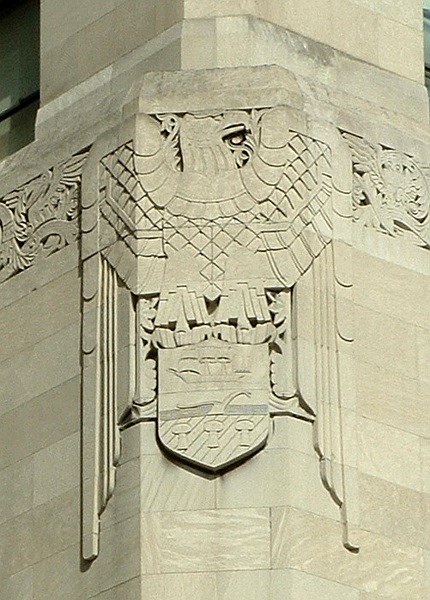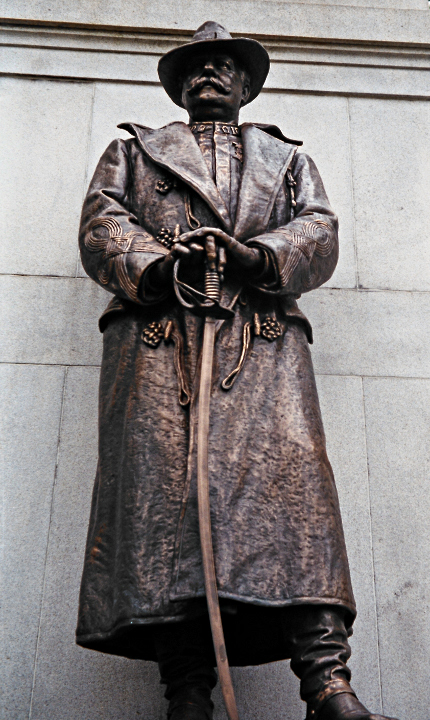
Everything old Pa Pitt remembers about Col. Alexander Leroy Hawkins is inscribed on the Spanish-American War Monument in Schenley Park. No one seems to think of him today, but he was obviously all the rage in 1899, when he died at sea. He was a hero of the Spanish-American War; he died during the the subsequent Philippine Insurrection, when the ungrateful natives, entirely disregarding the proven fact that the United States was a much nicer colonial power than Spain, attempted to set up their own republican government on their own terms, forcing the Americans to crush all resistance in order to guarantee them a republican form of government.

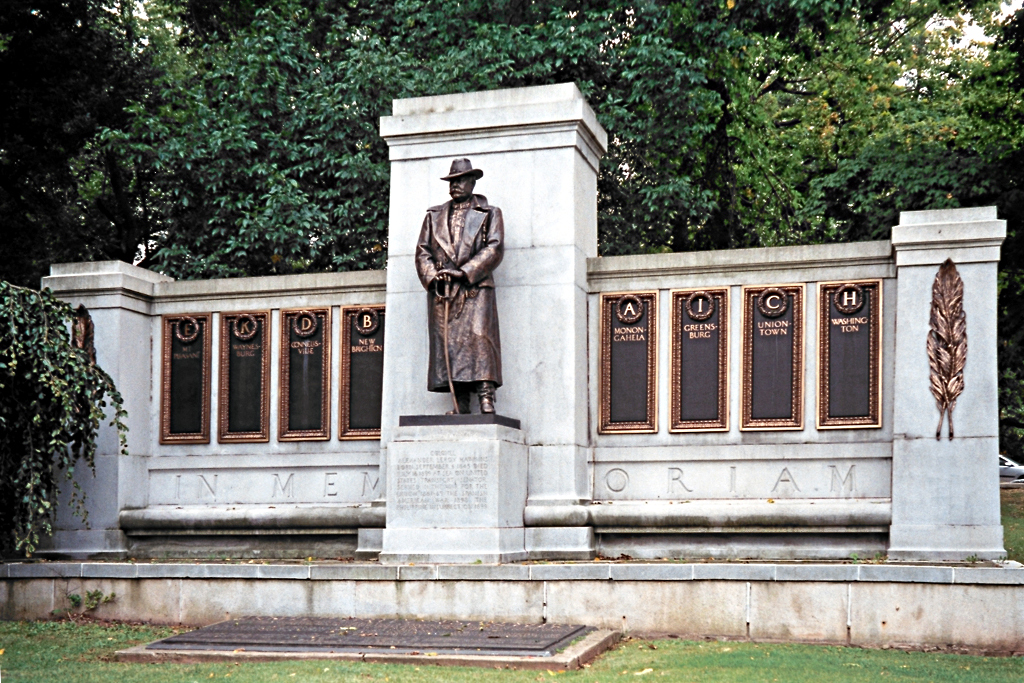
Mark Twain was one of the most vocal opponents of “American imperialism,” and he used the now-familiar term “quagmire” to describe our involvement in the Philippines:
I have tried hard, and yet I cannot for the life of me comprehend how we got into that mess. Perhaps we could not have avoided it—perhaps it was inevitable that we should come to be fighting the natives of those islands—but I cannot understand it, and have never been able to get at the bottom of the origin of our antagonism to the natives. I thought we should act as their protector—not try to get them under our heel. We were to relieve them from Spanish tyranny to enable them to set up a government of their own, and we were to stand by and see that it got a fair trial. It was not to be a government according to our ideas, but a government that represented the feeling of the majority of the Filipinos, a government according to Filipino ideas. That would have been a worthy mission for the United States. But now—why, we have got into a mess, a quagmire from which each fresh step renders the difficulty of extrication immensely greater.

